This has been a four-year project. But done now, and the world really needs more 36-bit mainframe class computers for home use.
But the injection mold design was a touch project. The software, of course, was already working: this has a Raspberry Pi running simh inside.
Before you get interested in the physical machine, have a look at [Lars]'s ITS project and [RCornwell]'s PDP-10 simulators. That's the most interesting bit ;)
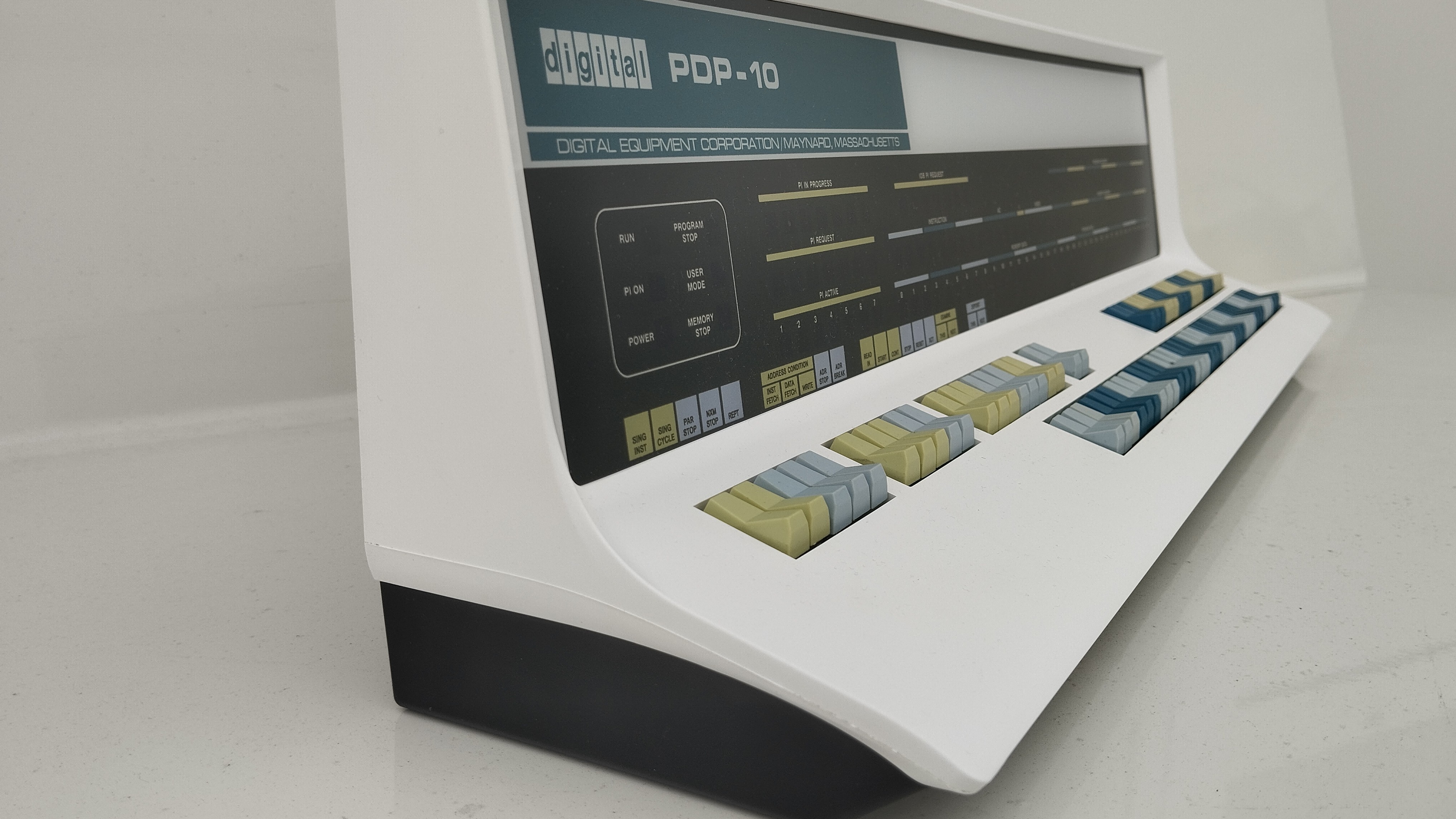
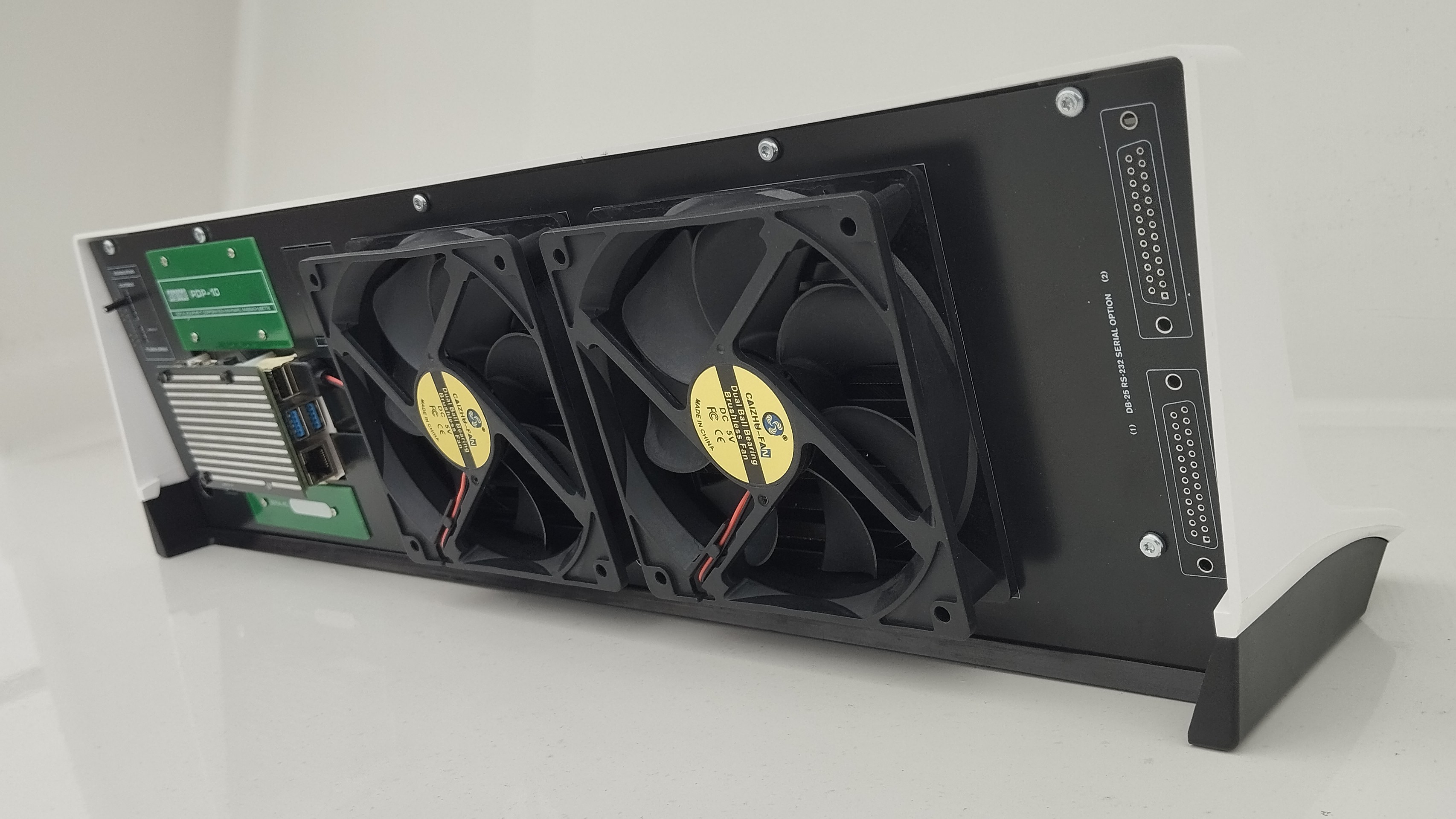
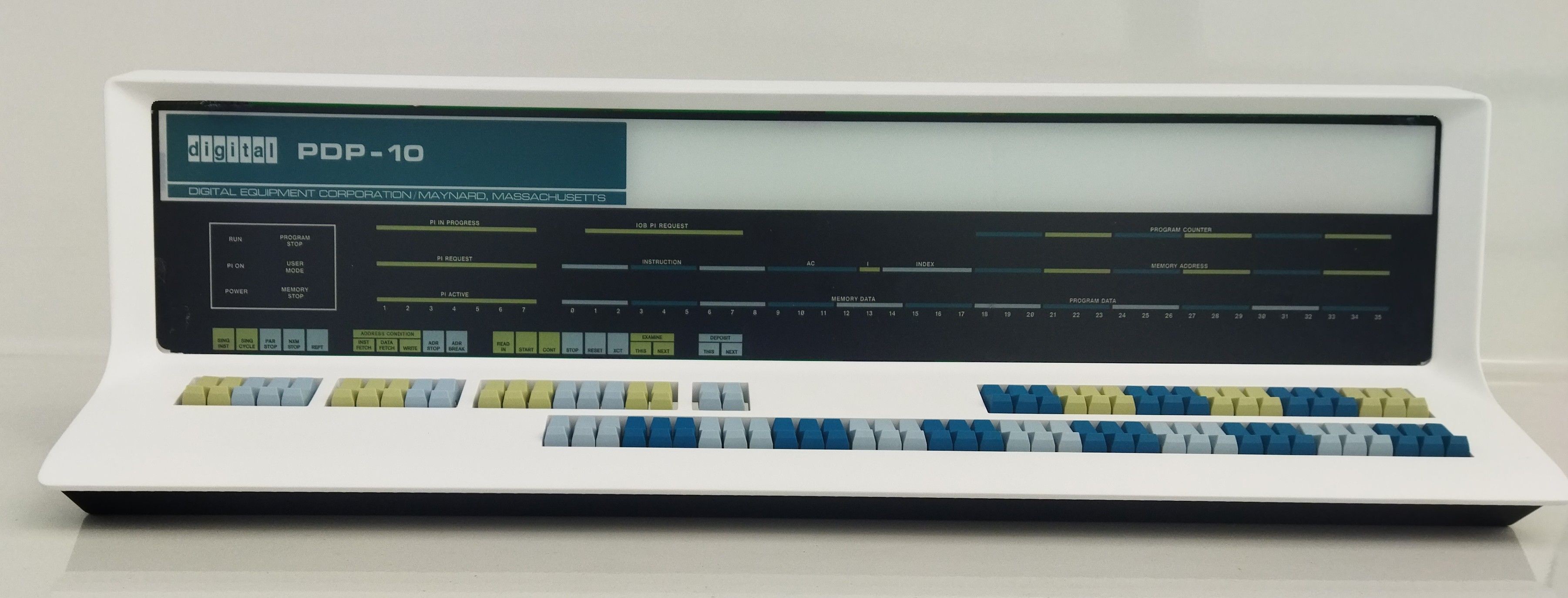
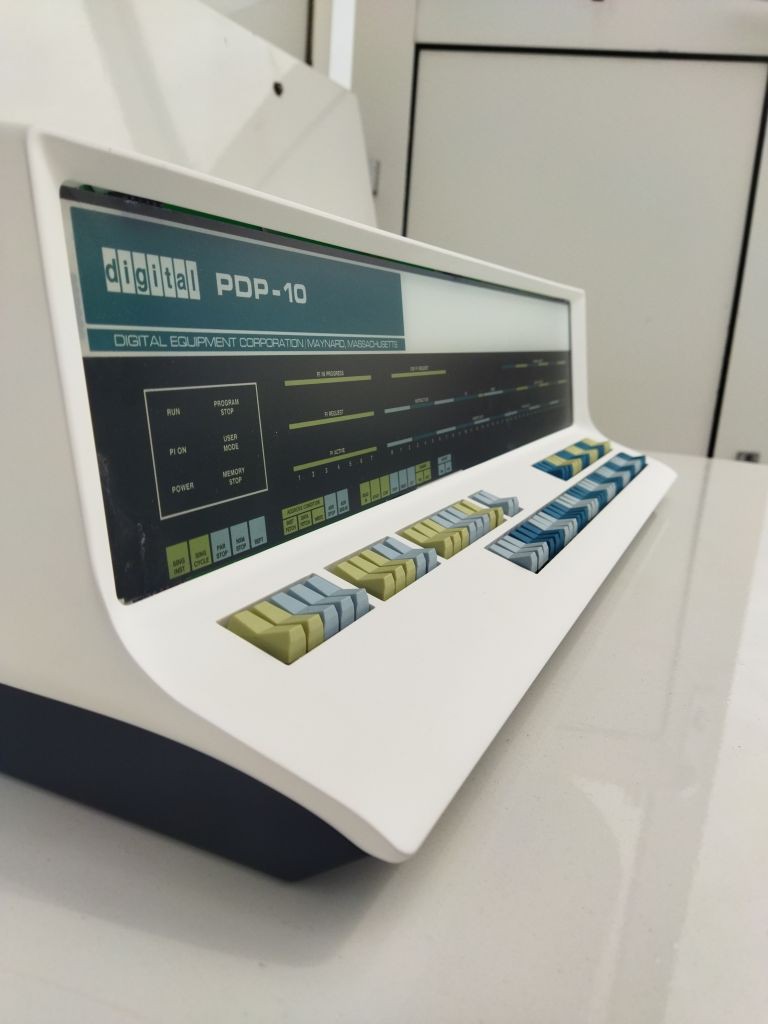

 126 LEDs, and...
126 LEDs, and...
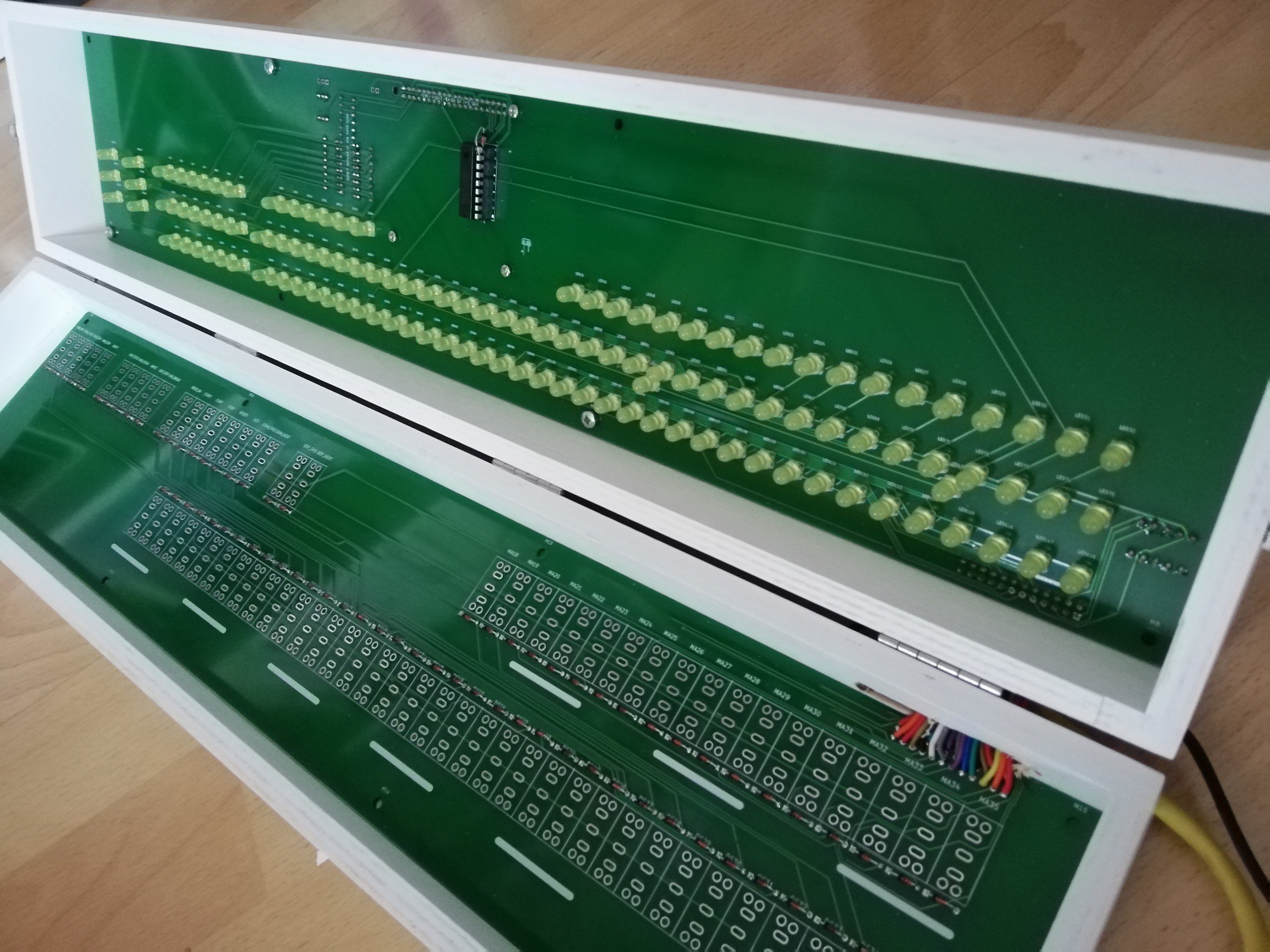


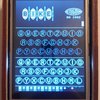

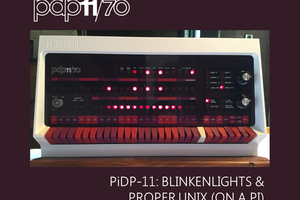
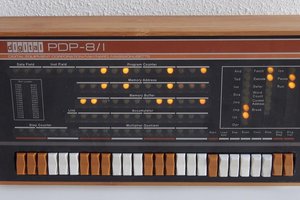
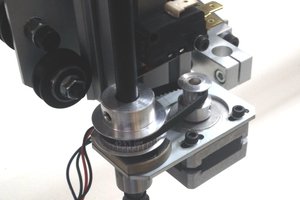
 Juha Kuusama
Juha Kuusama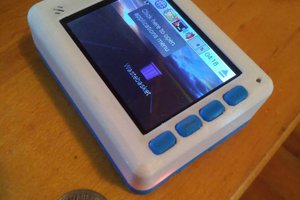
 Dylan Radcliffe
Dylan Radcliffe
Hi Oscar, this is amazing! Could u please post the size of it in cm (w x h x d)? I need to reserve space on my bookshelf next to the PiDP-8 and PiDP-11 :D